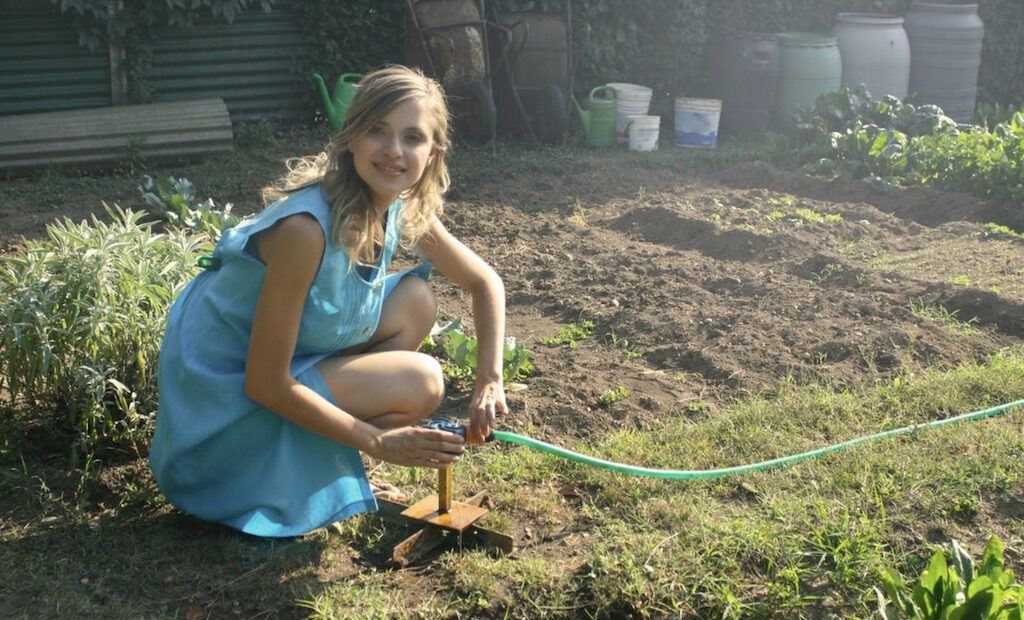Low maintenance garden design ideas

In today’s fast-paced world, many people seek low-maintenance garden design ideas to enjoy the beauty of nature without the constant upkeep and time-consuming tasks that traditional gardens demand. Low-maintenance gardens are aesthetically pleasing and sustainable, requiring less water and resources to thrive. Here, we’ll explore some creative and practical design ideas for those who desire a garden that is easy to care for.
Drought-Tolerant Plants
One of the key principles of low-maintenance gardening is to select drought-tolerant plants. These plants are adapted to survive with minimal water, reducing the need for constant irrigation. Succulents, native grasses, and Mediterranean herbs are excellent for such gardens. They require less water and provide a unique and vibrant landscape.
Mulch and Ground Covers
Covering the soil with mulch, gravel, or ground covers can help reduce weed growth and retain soil moisture. This means less time spent weeding and watering. Using wood chips, crushed stone, or even low-growing, spreading plants as ground covers can give your garden a clean and attractive look.
Perennial Plants
Planting perennials instead of annuals is a smart choice for low-maintenance gardens. Perennials come back year after year, saving you the effort of replanting. Consider native perennials, as they are often well-suited to the local climate and require less attention.
Grouping Plants by Water Needs
Group plants with similar water requirements to optimise water use and minimise maintenance. This prevents overwatering some areas while under-watering others. Smart plant grouping can help save water and reduce the need for constant adjustments to your garden’s irrigation system.
Raised Beds and Container Gardening
Raised beds and container gardening are excellent low-maintenance options. They elevate your plants, making them less susceptible to weeds and pests, and provide better drainage. Additionally, they can be easily controlled and organised, making maintenance more straightforward.
Hardscaping
Integrating hardscape elements like patios, pathways, and garden structures into your design adds visual interest and reduces the soil area that needs tending. You can use stone, concrete, or wood for these features, creating a visually appealing and low-maintenance garden space. Mystonefloor.com offers a wide range of natural stone options that can enhance your garden design’s beauty and low-maintenance aspects, making it a valuable resource for creating your dream outdoor space.
Automated Irrigation Systems
Investing in an automated irrigation system can make a significant difference in the maintenance of your garden. These systems can be programmed to deliver water at the right time and amount, ensuring your plants receive the care they need without manual intervention.
Low Maintenance Lawn Alternatives
If you want a green space but don’t want a traditional lawn, consider alternatives like a moss lawn, ground covers, or low-maintenance grass varieties. These options require minimal mowing, fertilising, and watering.
Sustainable Garden Design
Another trend in low-maintenance garden design is creating sustainable ecosystems. By introducing elements like bird feeders, bee-friendly plants, and butterfly gardens, you can encourage wildlife to thrive in your garden. These interactions add vibrancy to your space while reducing the need for intensive maintenance.
Minimalist Design
Lastly, embrace a minimalist design philosophy that values simplicity and functionality. This means choosing a few high-impact plants and keeping the overall layout straightforward. The result is an elegant and low-maintenance garden requiring less effort.
In conclusion, low-maintenance garden design ideas are gaining popularity as people seek to balance their love for nature and busy lifestyles. By selecting drought-tolerant plants, using mulch and ground covers, opting for perennial plants, grouping plants by water needs, incorporating hardscape elements, automating irrigation, choosing low-maintenance lawn alternatives, embracing sustainability, and adopting minimalist design principles, you can create a garden that thrives with minimal effort. These ideas save time and contribute to a sustainable and environmentally friendly landscape, providing a peaceful and visually pleasing outdoor retreat.
The editorial unit
























Facebook
Twitter
Instagram
YouTube
RSS